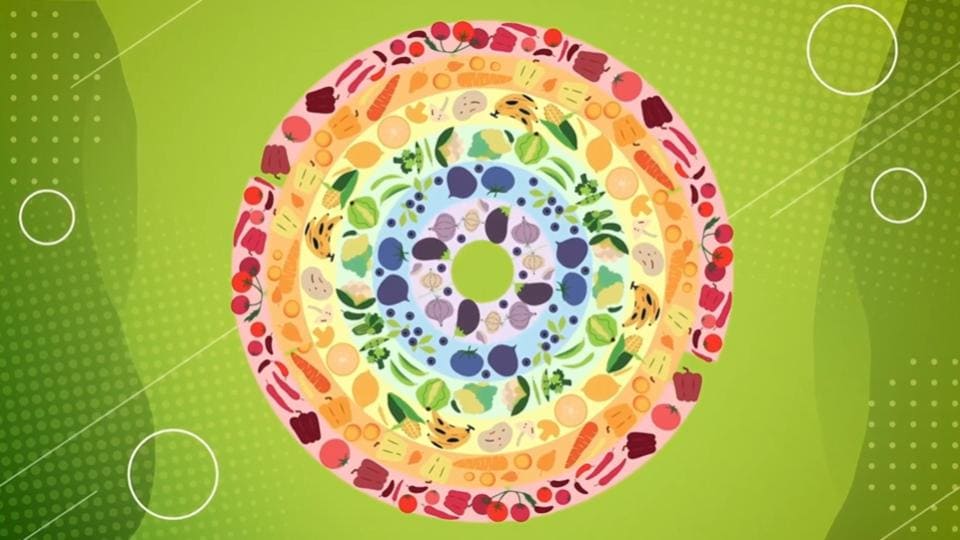Rosalind Franklin: The unsung hero of the DNA double helix
On World DNA Day we honor Rosalind Franklin, who laid the groundwork for one of the greatest scientific breakthroughs of the last hundred years.
Our understanding of DNA – and specifically the double helix structure of the DNA strand – has been one of the most fundamental elements in shaping our picture of life on earth. It has revolutionized how we look at ourselves, plants and animals, transforming our approach to medicine and sustainable agriculture.
It was first discovered by the scientists Francis Crick and James Watson, for which they won the Nobel Prize for chemistry in 1962. But their story often omits the contributions of a third pioneering scientist – the English chemist and crystallographer Rosalind Franklin, who died before the prize was awarded, but whose calculations and measurements played an essential part in the discovery.
Franklin’s fundamental work laid the foundations for our understanding of who we are – a discovery of profound philosophical and scientific importance, and whose echoes still ring loudly today.
Crystal gazing
Born in London in 1920 to a prominent British Jewish family, Rosalind Franklin attended St Paul’s Girls School, one of the few institutions at the time that taught physics and chemistry to girls. Indeed, by 15, Franklin knew that she wanted to be a scientist, in spite of her father actively discouraging her due to the difficulties of women having such a career at the time.
Nevertheless, she went on to study chemistry at Newnham College, Cambridge.

Rosalind Franklin’s discovery of the structure of DNA has had a profound impact on our understanding of who we are
“The Papers of Rosalind Franklin”, Churchill Archives Centre, Cambridge. (FRKN 6/1; FRKN 1/4/2)
After university, Franklin worked in several scientific research positions, but perhaps the most important was in 1947 when she became an X-ray crystallography researcher in Paris. X-ray crystallography is a technique used to determine the atomic and molecular structure of a crystal by measuring the angles and intensities of diffracted X-ray beams. The method has been used to study the structure of both inorganic and organic materials and is even used today in developing new active ingredients.
With her experience in crystallography, Franklin returned to England in 1951 to take up a scholarship at King’s College, London. While her fellowship was initially to focus on X-ray diffraction studies of proteins, there was a change of plan after Maurice Wilkins, assistant director of the King’s biophysics lab, secured a particularly pure sample of calf thymus DNA. Franklin’s team carried out crystallographic studies of this DNA.
Using x-ray equipment and a micro-camera, Franklin and graduate student Raymond Gosling photographed and analyzed these samples of DNA. In May 1952, they took a ground-breaking photo, labelled #51, which provided the clearest diffraction image of DNA and its helical pattern so far.
It was this photo, alongside her precise analysis of the x-ray diffraction data, that inspired Crick and Watson to move away from their initial idea of a three-helix molecule and make the necessary calculations to develop the double helix model of the DNA strand we now know.

“3 chain arrangement involves twist [therefore] HELIX!” The moment Franklin first noted down her groundbreaking discovery
“The Papers of Rosalind Franklin”, Churchill Archives Centre, Cambridge. (FRKN 6/1; FRKN 1/4/2)
A crisis of credit
However, Franklin’s research results had been passed to Crick and Watson without her knowledge. Wilkins had shared ‘Photo 51’ while Franklin’s detailed observations were included in an informal report given to a colleague of Crick and Watson’s at Cambridge University. Franklin had in fact been working with Gosling on their own double-helix model but by the time they published their findings in July 1953, Crick and Watson had already stunned the science world.
In his memoir, The Double Helix, Watson acknowledged to have used Franklin’s data without her permission. But for her part, Franklin did not express bitterness about the issue and readily accepted their model. In fact, she later befriended Crick and his wife.
Unfortunately, it was not a long-lasting friendship, Franklin died of ovarian cancer in 1958 at the tragically young age of 37. She had spent the final years of her life away from DNA, studying viruses, and in particular polio. Watson later said that, had Franklin lived longer, she would have been awarded a Nobel prize for her contributions to the elaboration of DNA; Crick and Watson were awarded the prize in 1962.
The building block of life
Franklin’s crucial work in the discovery of the structure of DNA has ensured her own scientific immortality. Without her passion to research we may not have made the huge strides in science, medicine, and agriculture that we have witnessed over the last 50 years. The knowledge of DNA, cells and genes continues to revolutionize the life sciences and how we combat chronic illnesses and sustainably feed the world.
The transformative discovery of the double helix, and of Franklin’s contributions to that, cannot be understated and its impact will last long into the future.




















